I have a conceptual question.
I have two databases which have the same structure. One database has already contained a lot of data. These data should be transferred to the other database via Select and Insert.
How can I do this data migration with the highest performance?
My first approach was to sort all the tables in a list where the tables which contain foreign keys will be stored behind the referenced tables. But with this solution it will be impossible to start parallel processing.
The second idea was to create a custom type which contains the tablename and the tablenames of the referenced tables and a bool flag which stores whether the data in the table have been copied. This type is stored for each table in a list. Then I start a new thread that checks before copying whether the referenced tables have already been created for each table. If not, I execute Thread.Sleep() after which I will check it again.
Is there a well performing approach to this problem?
Any suggestions will be helpful.
EDIT: The old database is a SQL Base database. The new database is a ms sql server database.
